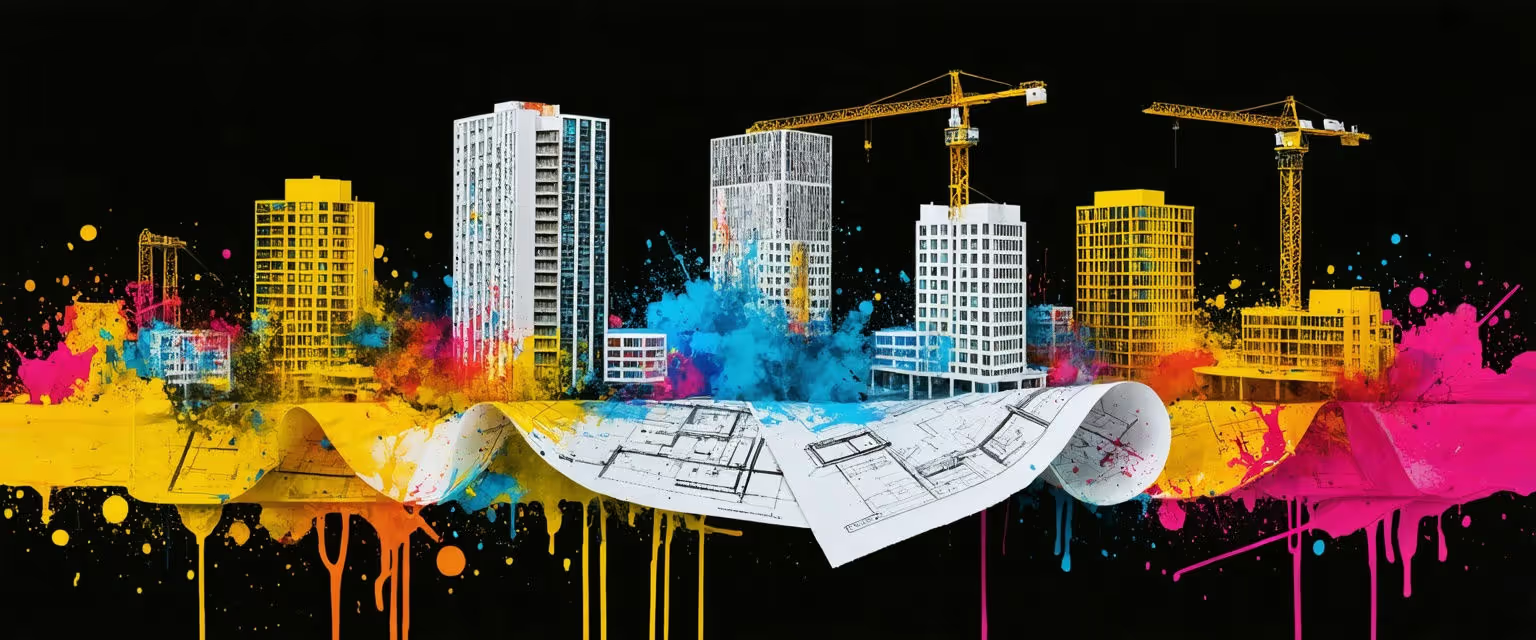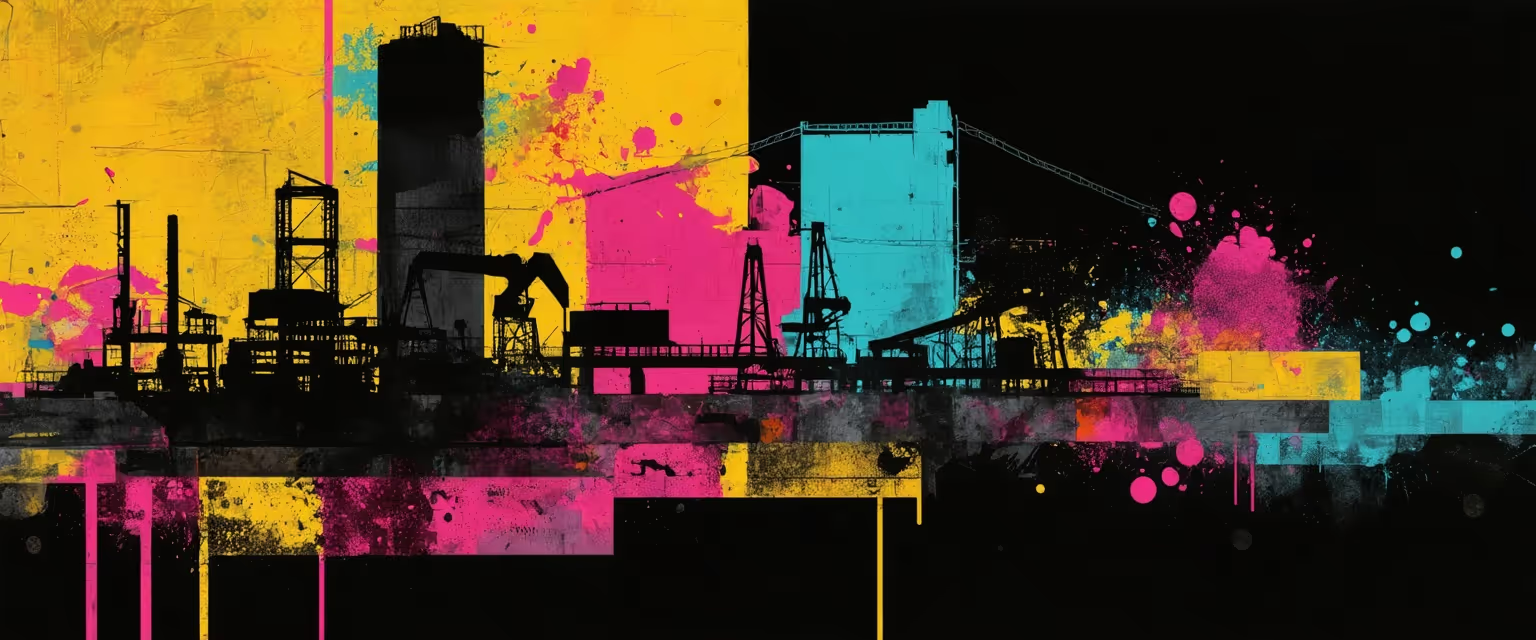All Posts
Construction - AI-Powered Construction Safety & Compliance
How AI and IoT Revolutionize Camera Integration in Construction

Explore how AI automates camera & IoT integration in construction, enhancing safety through real-time monitoring, predictive insights, & streamlined operations.
On construction sites, unexpected risks can turn a routine day into a hazardous one. Heavy machinery malfunctions, overlooked compliance checks, and fragmented data management can lead to accidents and costly delays. The core problem is the inability to effectively anticipate and mitigate these hazards due to disjointed systems.
By leveraging AI-driven platforms that integrate real-time data from cameras and IoT devices, you can proactively spot dangers and streamline operations. Datagrid’s data connectors offer that solution, helping your team prevent incidents before they happen.
By addressing this key issue head-on, you can enhance safety, boost confidence among your crews, and keep projects on schedule.
How AI Automates Camera & IoT Integration
AI-powered platforms are transforming how construction teams handle safety by integrating intelligent monitoring and decision-making into daily workflows. Through machine learning algorithms, AI systems process massive datasets—from site cameras to sensor readings—to spot trouble long before it escalates.
For example, pairing 360-degree cameras with object recognition helps identify potential hazards in real time. If workers forget gear or enter a restricted zone, the system sends immediate alerts.
Continuous monitoring keeps compliance on track, too. AI-driven cameras and IoT devices, powered by machine learning, automatically check if workers follow safety rules. If someone’s operating heavy equipment without proper protection, supervisors are notified right away.
Automated risk mitigation zeroes in on hazards with a focus humans can't match alone. By scanning sites with 360-degree cameras and using object recognition, AI spots unauthorized personnel and dangerous activity near heavy machinery in moments.
AI Applications for Monitoring and Enforcement
AI gives site safety a significant boost by providing real-time data for quick decision-making. Leveraging AI, facial recognition and wearable sensors track worker well-being, confirm PPE compliance, and detect anomalies that could lead to operational hiccups.
Safety Monitoring and Compliance
Wearable sensors are changing how teams handle everyday hazards. In construction, these devices collect continuous data on worker health and site conditions. If someone is exposed to something harmful—like extreme temperatures or hazardous substances—the system sends immediate alerts. This rapid feedback helps fix problems before they become incidents.
Facial recognition adds another layer by verifying whether workers are wearing essential safety gear. AI-driven cameras and IoT integration identify non-compliance at a glance and notify supervisors for swift action, enhancing efficiency and accuracy. This removes the guesswork, especially in busy or high-risk areas.
Identification of Safety Hazards and Anomalies
Beyond compliance, AI combs through large datasets to uncover warning signs. Anomaly detection algorithms can spot broken equipment, unsafe working habits, or environmental stressors early, showcasing automation's role in risk assessment. By catching these issues early, teams keep operations on schedule and crews safe.
Benefits of Automated Camera & IoT Integration
AI cuts accident rates, enforces compliance, streamlines operations, and spares teams from costly manual processes. Real-time monitoring spots dangerous situations right away, increasing accuracy and allowing safety managers to address them before they become major setbacks.
Reduction in Accidents and Improved Compliance
Constant vigilance is crucial, given the construction industry's historically high injury rates. Over time, AI systems learn from previous incidents to refine safety rules, providing efficient data validation and keeping protocols relevant and up to date.
IoT sensors team up with AI to offer round-the-clock oversight. If a worker’s vitals indicate stress or a machine shows possible failure, alerts go out immediately. IoT cameras let safety managers watch operations remotely, so they can step in at the first sign of trouble.
Challenges and Limitations
AI requires thorough data handling, especially with multimodal systems that merge text, images, and sensor data. Keeping everything aligned can challenge even the most organized teams, making choosing the right technology essential. Privacy laws come into play, too, compelling organizations to anonymize and protect personal information.
Then there's the "black box" nature of complex neural networks, which can obscure how the system reaches its conclusions. If the data shifts, the AI's reliability might suffer unless the model is continuously monitored and refined.
Regulatory and Implementation Barriers
Deploying AI means navigating various rules around data protection and privacy—no small feat in a sector where older, disconnected systems are common. Integrating AI often requires major infrastructure changes to meet compliance requirements.
Managing Human-AI Collaboration
The best results come when AI augments—not replaces—human judgment. Teams should be trained to interpret AI findings and improve data management, keeping final decisions anchored in real-world expertise. By striking the right balance, human oversight combines with AI's speed and precision to enhance safety without sidestepping professional know-how.
How Agentic AI Simplifies Construction Task Automation
Juggling multiple construction projects can stretch anyone thin. Datagrid's AI agents and data connectors take the grunt work off your plate, enhancing productivity and letting you focus on the big picture.
Imagine your go-to software—Procore, PlanGrid, or Autodesk BIM 360—linked to Datagrid's AI.
Critical documents like RFPs, submittals, change orders, and daily reports flow between systems automatically, cutting out back-and-forth emails and tedious data entry.
Datagrid's AI agents also scan incoming bids, compare them to historical records, and highlight potential red flags for project managers, effectively automating responses. Permits and deadlines across various jurisdictions are tracked efficiently, so you stay compliant.
The platform integrates with scheduling tools like Microsoft Project or Primavera P6, giving you real-time updates on tasks and resources. Financial systems such as Sage 300 or QuickBooks sync easily, automating cost tracking and forecasting.
Document management gets smoother, too. AI agents parse submittals, RFIs, and change orders, pulling out key details and routing them to the right people. Meanwhile, daily progress reports, site photos, and scheduling data feed into automated summaries, so you see looming delays before they become real holdups.
Integration with Slack or Microsoft Teams means important updates always land with the right folks, optimizing communication and driving faster collaboration.
By automating routine documentation and unifying data, Datagrid frees you up to handle higher-level tasks like overseeing project milestones and strategizing with clients. AI insights guide better decisions, letting you deliver on time and grow your business in a demanding market.
Simplify Construction Project Management with Agentic AI
Ready to revolutionize your construction project management with AI-powered automation? Datagrid is your solution for:
- Seamless integration across all major construction platforms (Procore, PlanGrid, BIM 360)
- AI-driven RFP analysis and bid management
- Automated submittal and change order processing
- Real-time project insights and schedule optimization
See how Datagrid can help you increase process efficiency.












